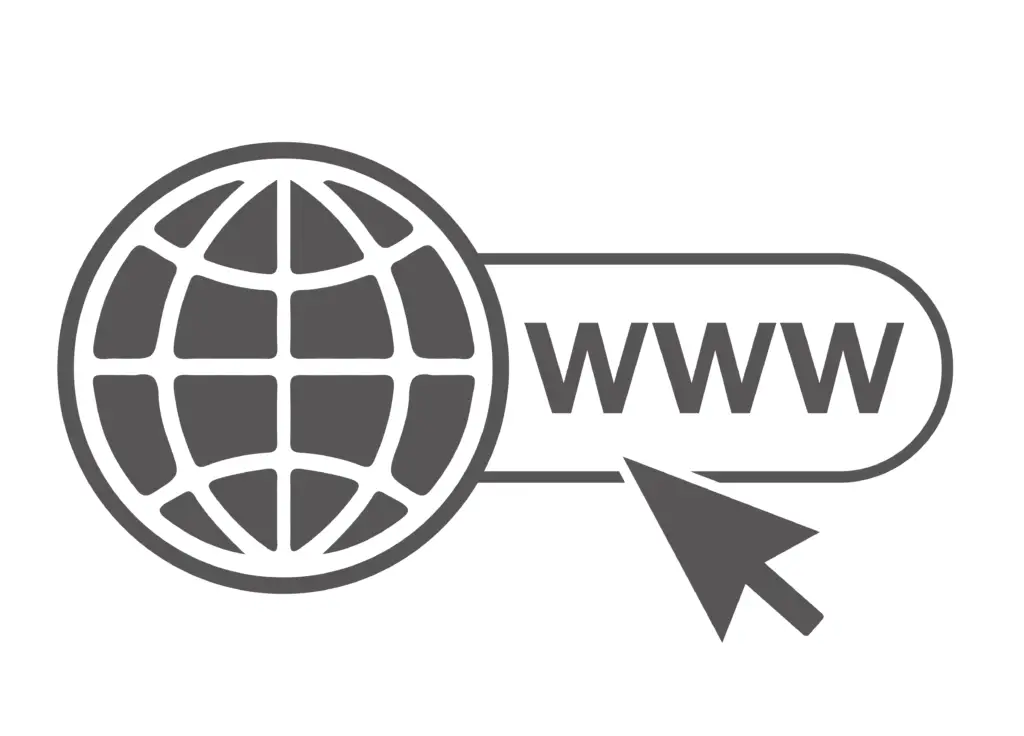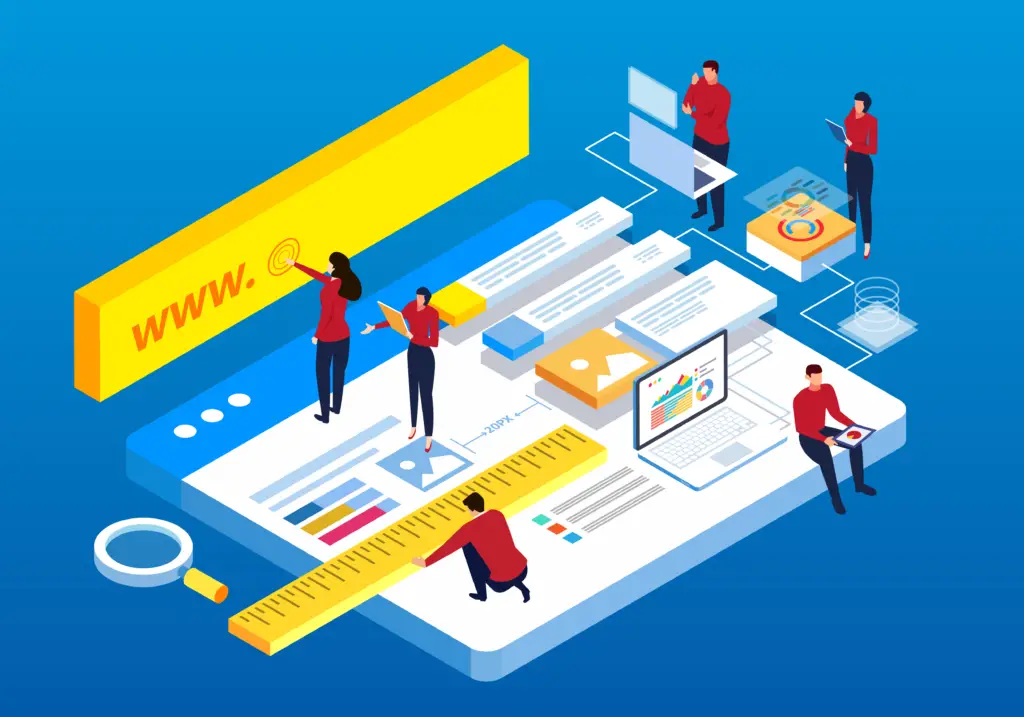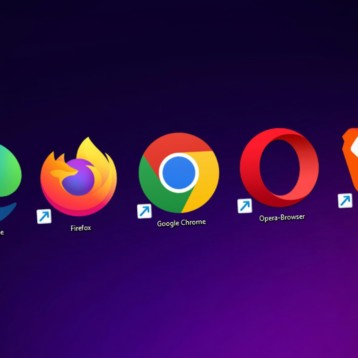
Because of rapid technological changes, online users want to embrace innovation, so website owners should also be abreast of the future of web design. You can do this by seeking effective ways to enhance your website. One thing you should keep in mind when enhancing your website is its overall appeal to your target audience. It’s important to create a website design that will work towards achieving your goals.
In this post, you’ll learn more about some helpful ways to better enhance your website in terms of reliability, security, speed, and overall web design. You’ll be more confident to make informed decisions for your website geared towards a successful business.
Above and Beyond the Fold
Marketing experts always say that the things customers see above-the-fold (part of the web page that is viewable on the screen) make a significant impact on their purchasing decisions. However, this isn’t always the case.
Footers are as important as headers. Consumers also scroll down and try to find information below the fold. That’s why if you want to enhance your website, you have to apply footer design best practices to make your website design more appealing and converting.
In the Future: Visitors don’t have to scroll or use a scroll bar to explore the footer of a web page. With voice-activated capability, users can simply say “scroll down” to get to the bottom of web pages will be designed to follow eye movements using optical-sensitive device screens.
Augmented Reality Technology: Transforming Web Design

Augmented reality or AR brings exciting opportunities for web designers. It has started from science-fiction that eventually became a science-based reality, with the promise to transform web design in the next coming years. So, what exactly is augmented reality?
Augmented reality involves the use of computer-generated perceptual data to enhance objects in the real-world environment for a more interactive experience. It’s a technology that augments sensor-based inputs of objects in the real world, such as graphics, video, and sound, using cameras on different devices. This technology has become more affordable and accessible, allowing more people to experience AR applications.
Augmented reality is not the same with virtual reality, in which the latter entails an immersive experience, allowing a person to feel like he’s out of the physical world. Augmented reality involves minimizing the physical or digital boundary by augmenting or overlaying a non-digital reality with digital elements and insights.
Here are the benefits of implementing augmented reality in web design:
- AR can optimize user experience both on desktop and mobile versions.
- Web designers can put augmented reality into action, taking advantage of webcams and smartphone cameras, thus encouraging online users to engage with products and services.
- AR applications are now available for web design that comes as compatible plugins, such as WordPress VR. You can use similar plugins to enhance your website, wherein you can upload 360-degree high-quality videos to your website to enhance the browsing experience of your visitors.
In the Future: Both AR and VR can be integrated to create websites that go beyond what current users can see on the surface of their device screens. Images and videos can be viewed from any surface, allowing complete immersion and virtual reality experience, with the capability to navigate web pages without touching the screen.
Artificial Intelligence Web Design
In the past, web developers use HTML or codes to design a website, which can be time-consuming, highly technical, and tedious. However, with the emerging of artificial design intelligence or ADI, web design will be more advanced and automated. This technology uses machine learning in identifying and implementing web design trends, allowing the creation of websites with a personalized design.
Here are some of the platforms that are exploring ADI:
- Wix: According to Wix, it is possible to teach AI to design a website, taking the brain of a web designer, and making it into a machine. It is done by creating programs or software that are capable of understanding web design principles to create attractive websites that are independent of human expertise.
- GoDaddy: This internet company currently employs new tech, helping small businesses compete with technical giants. GoDaddy is in a better position to gather information across its diverse and massive customer base, creating intelligent systems to help small business owners, including web designers.
In the Future: Web designers can fully automate web designing and web development by transforming their ideas into computer-based programs designed to adapt to the trends of web design.
Cloud Computing Web Design
When it comes to web design, security is a priority. The two factors to cloud security include customer data security and the security of the cloud network. When compared to infrastructure security or the physical security of equipment, cloud computing is far more secure than traditional servers.
Also, cloud computing plays a crucial role in web design. With cloud-based applications, web designers can work more efficiently and faster. These tools improve productivity and make websites more reliable, appealing, and secure.
Here are some examples of cloud services that web designers can use:
- Codeanywhere: It’s a browser-based coding tool running completely in a web browser and providing syntax highlighting for different programming channels like JavaScript, CSS, HTML, PHP, and XML.
- Dropbox: This network file synchronization tool is a free and very useful online storage service operated by Dropbox. It allows users to synchronize files, store, and share files via the cloud, perfect for a Web Developer team.
- Gridfox: It’s a grid-based design tool that allows web page creation with the correct layout, even on multiple screens. You can test a web page’s column width. Also, you can modify the style of any page and then save it to the cloud or internet for future layout and web design. It’s a cloud-based Adobe Photoshop version, allowing you to crop, smear, enlarge, and plot images.
- GitHub: For back-end encoding, this cloud application is suitable for independent web designers, allowing them to upload CSS styles, Icon Sets, and front-end frameworks, among others.
In the Future: External drives won’t be needed by web designers because cloud computing provides highly fast, secure, and reliable ways to design or develop a website.
Conclusion
The future of web design is rapidly growing and advancing with time. Who will actually think that augmented reality in web design is possible? But it is. Also, artificial design intelligence is being explored, so web designing can be automated, giving web designers more time to think about the other elements on how to make a website more personalized, appealing, secure, and reliable.







![10 Top Game Sites Not Blocked By School [2024 Updated]](https://thefutureofthings.com/wp-content/uploads/2024/10/image-25-358x358.png)


